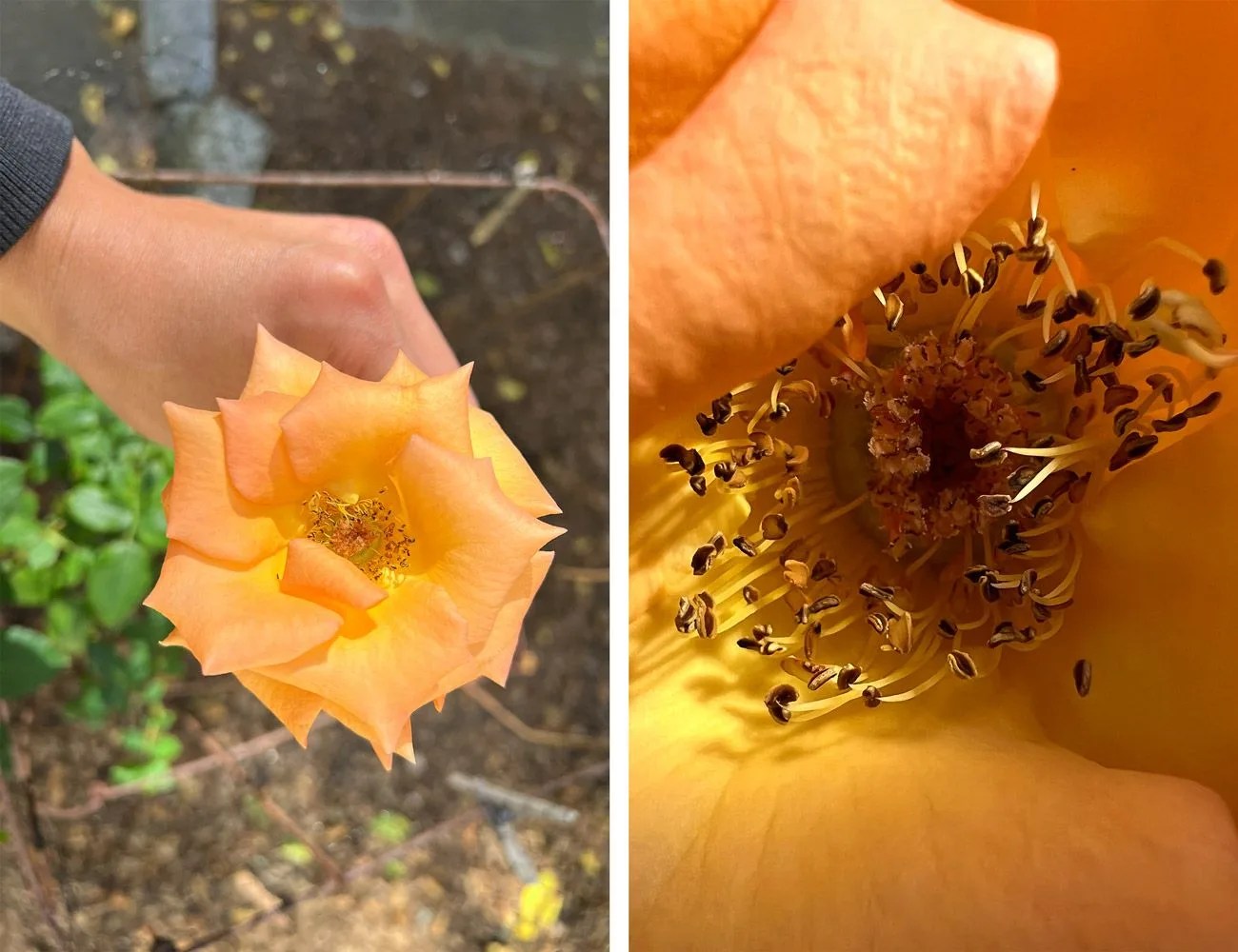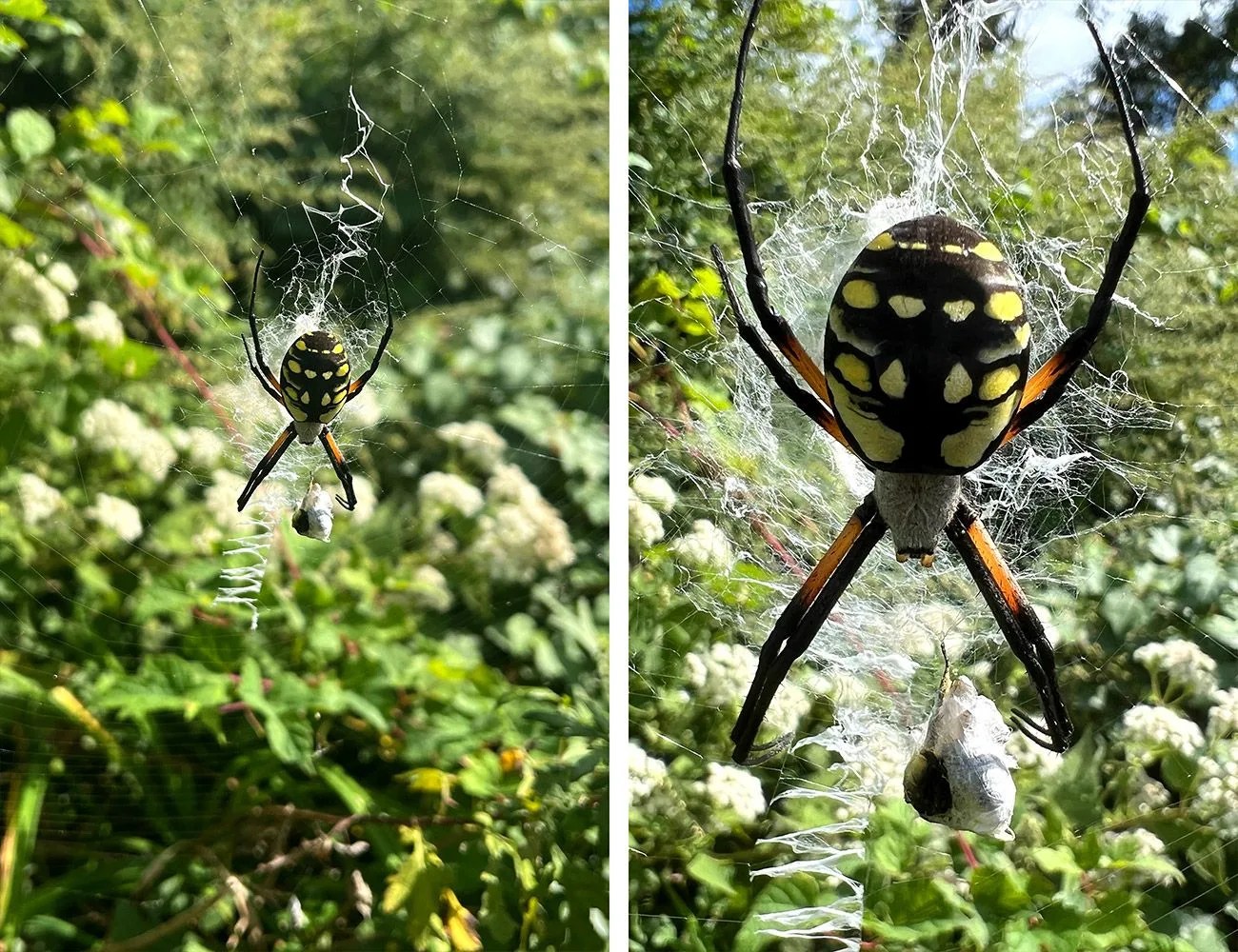The biggest reason to buy the iPhone 13 Pro (or iPhone 13 Pro Max) instead of the iPhone 13 (or iPhone 13 mini) is its camera(s). Not only does it have three lenses instead of two, but the cameras and sensors are significantly better, so the “Pro” line can take noticeably better photos and videos.
Additionally, the iPhone 13 Pro can do a number of things that the regular iPhone 13 just can’t. It can take night mode photos with all three of its cameras, and shoot night mode photos in portrait mode. It will be able to capture ProRes video (aka higher-resolution with more dynamic range) when Apple rolls out a software update to enable that. But the coolest thing, in my opinion, is that the iPhone 13 Pro can take macro photos.

The way macro photography works on the iPhone 13 Pro is that when you get close to a subject — like real close, within a few inches — the camera automatically switches from the wide camera to the ultra-wide camera. During this switch, it keeps the subject in focus and in the same general frame, so you can get a really detailed an up-close photo.
And it’s this transition that has spawned the controversy, because you can’t turn it off even if you want to. It can be especially irritating in the farthest reaches of the macro zone, where the iPhone 13 Pro’s wide camera does a great, if not better job. Worse, if you’re shooting video — yes, macro mode works with video too — your clip will include an awkward lens transition to macro mid-video which will appear in playback. Nobody actually wants that.

Also, when transitioning into macro mode, sometimes the subject doesn’t appear in focus, with the camera focusing on whatever was just behind the subject instead. You can fix this fairly simply — just tap on the screen to manually switch the focus within macro mode. You can also just move away from the subject, get the iPhone out of macro mode, and then get closer again to try to get the right subject in focus.



